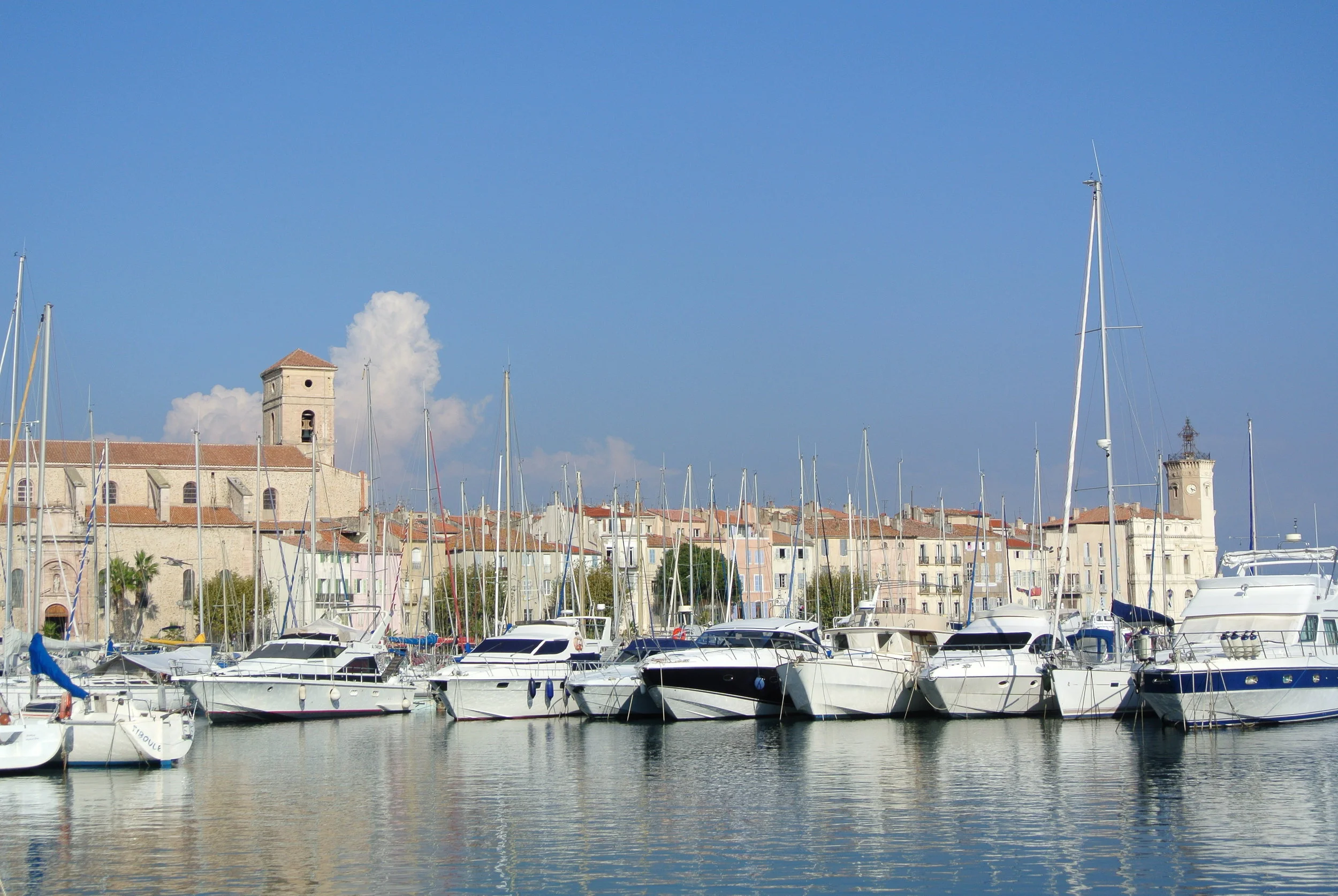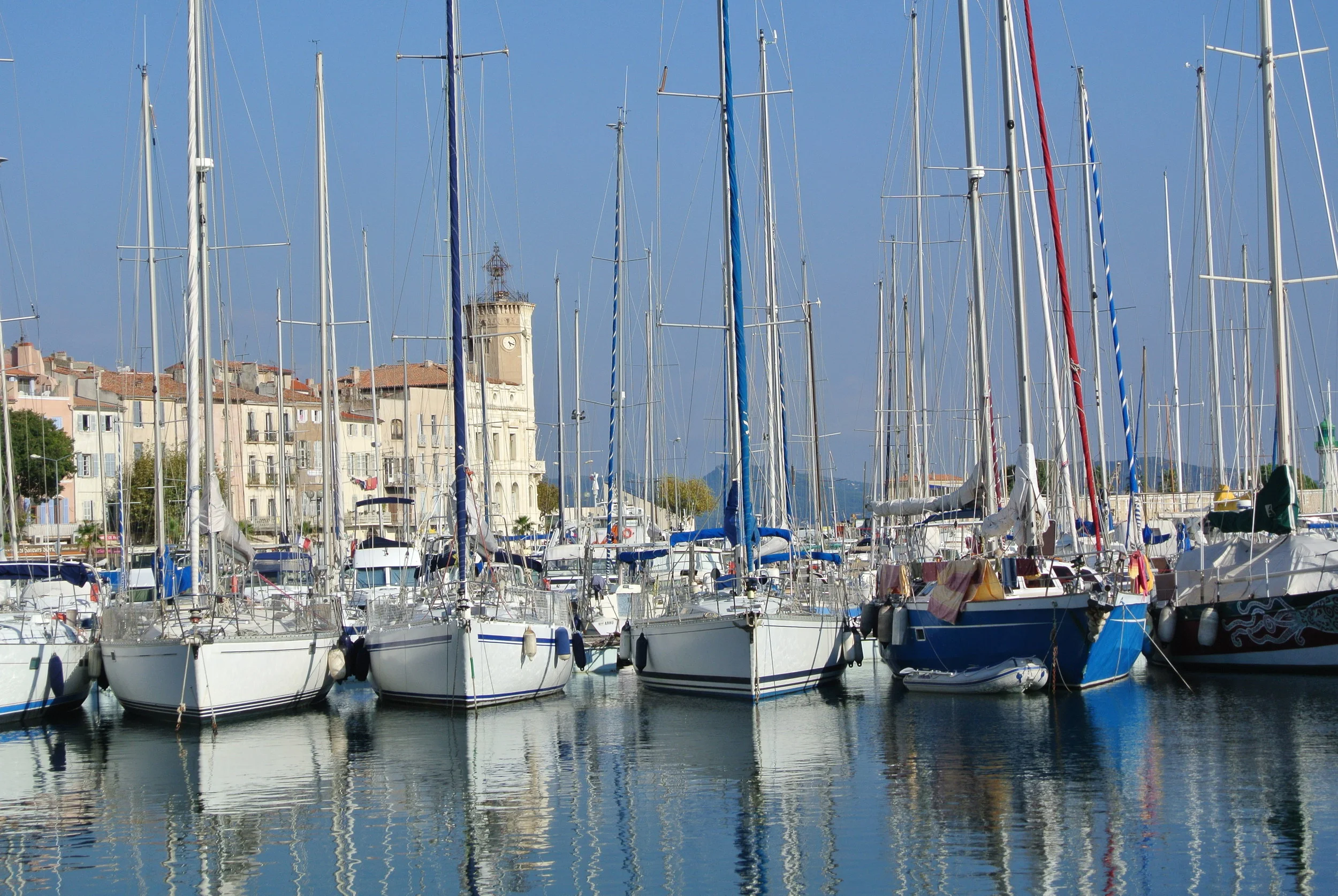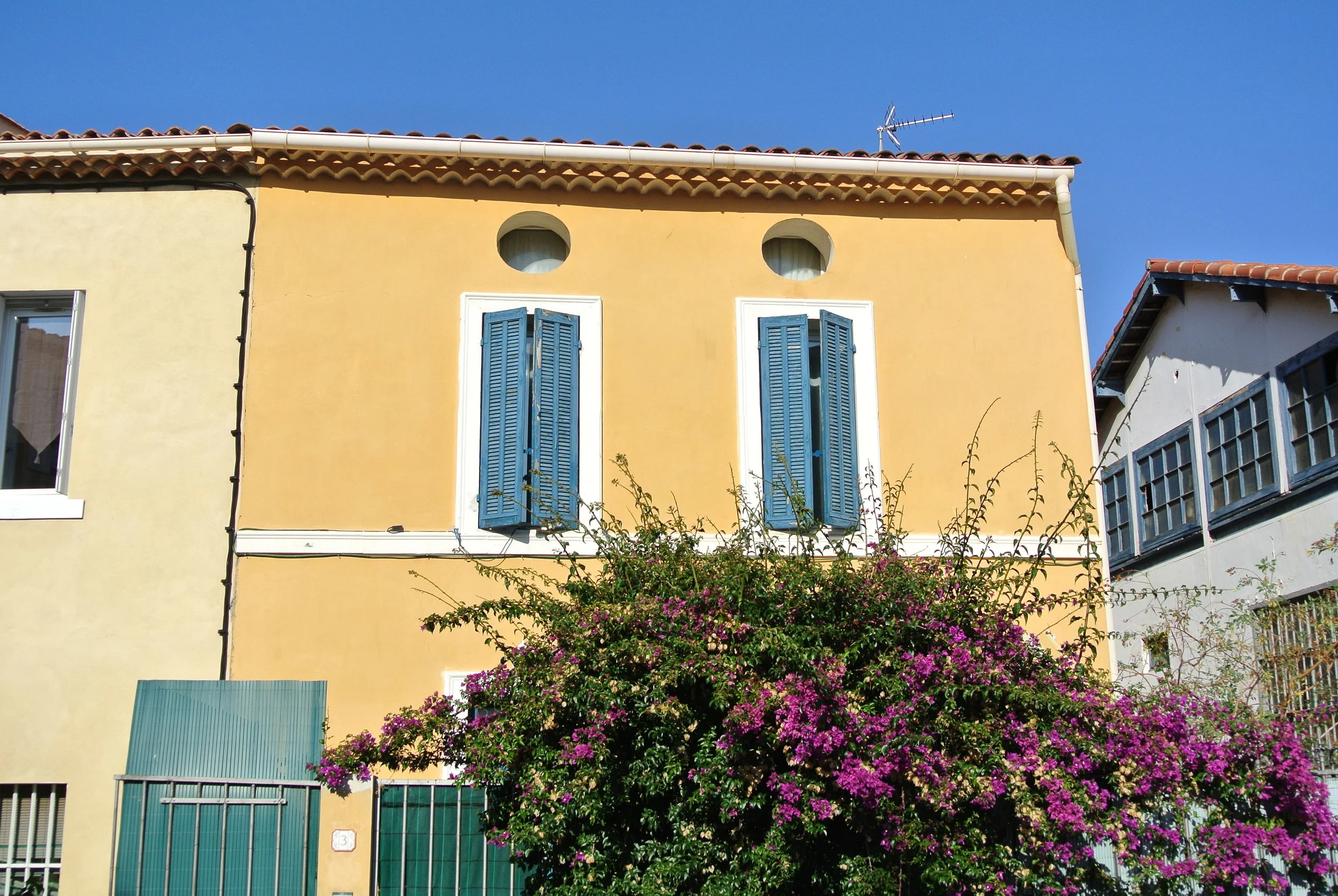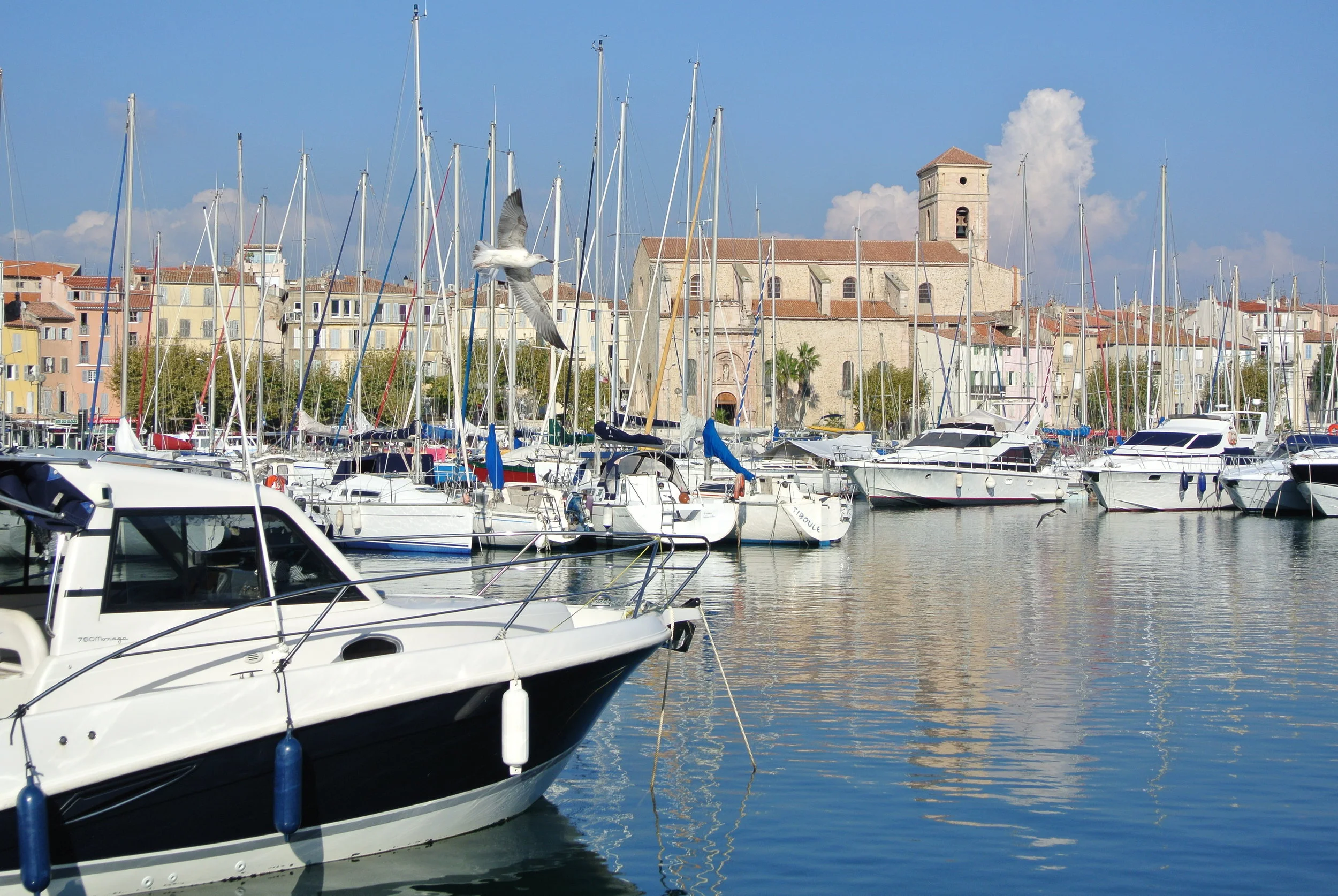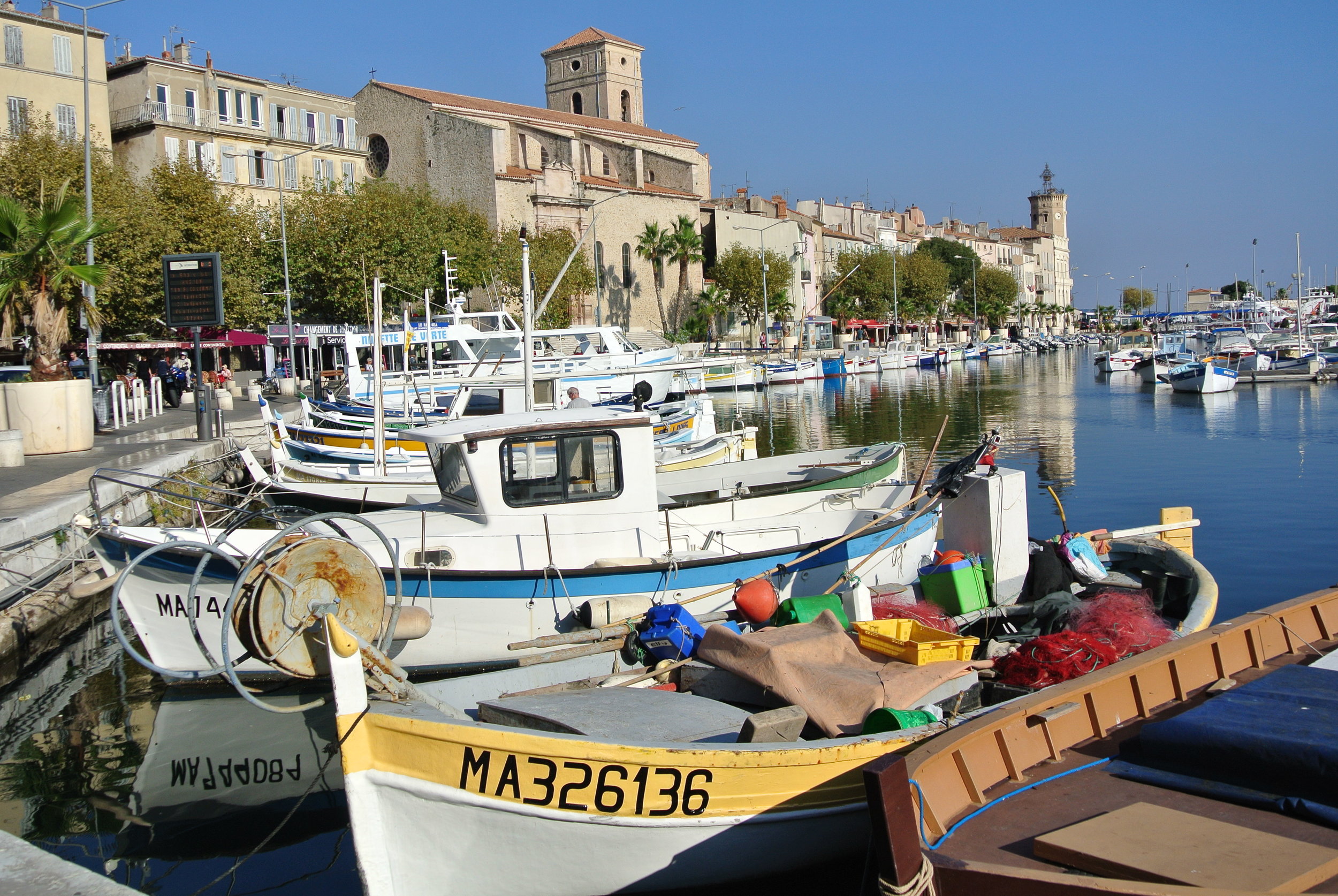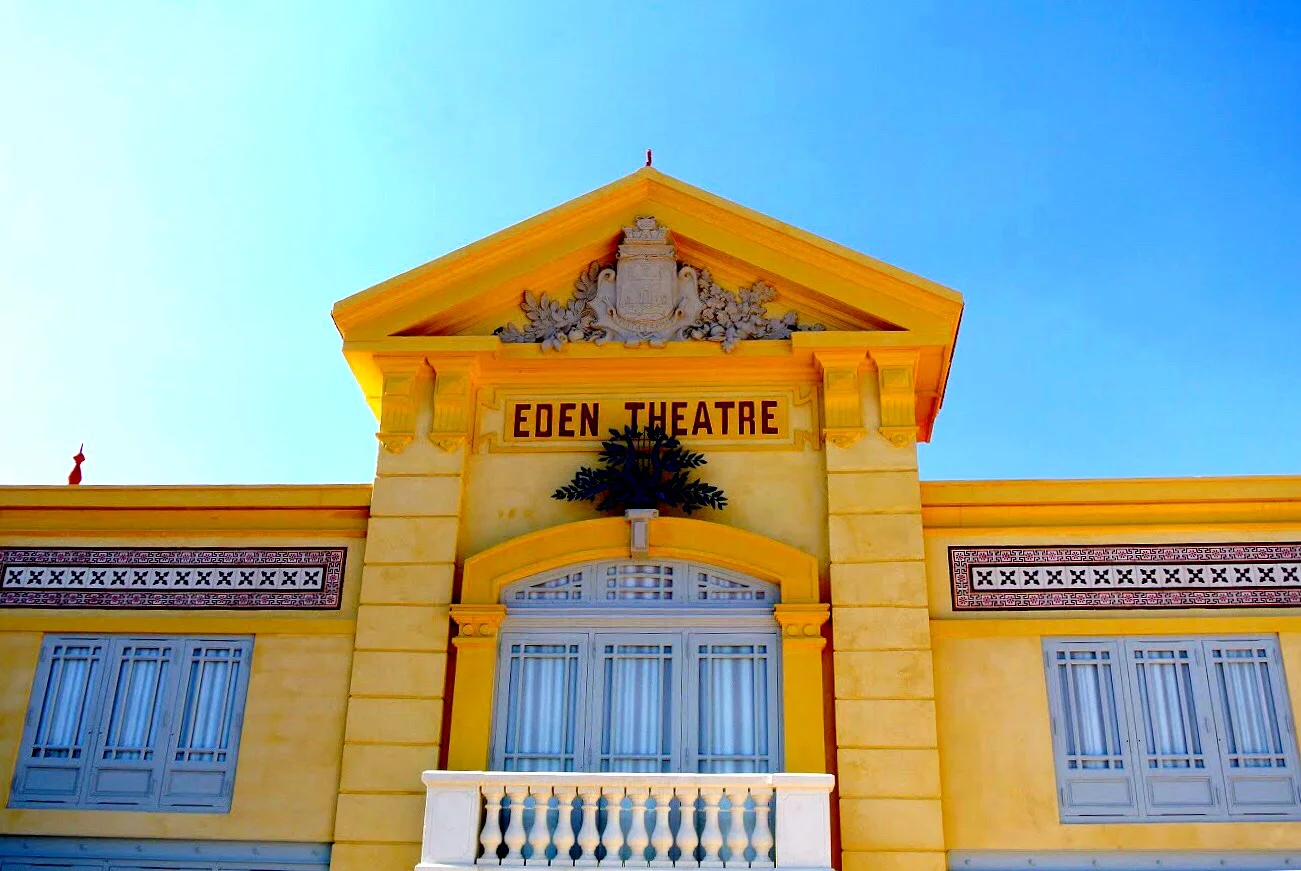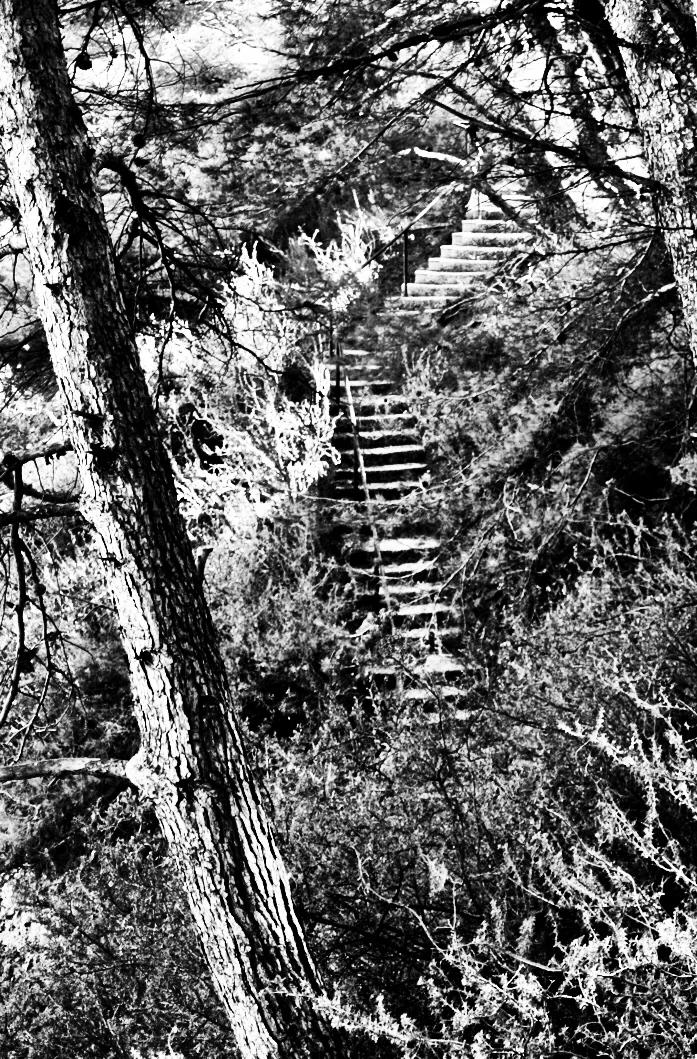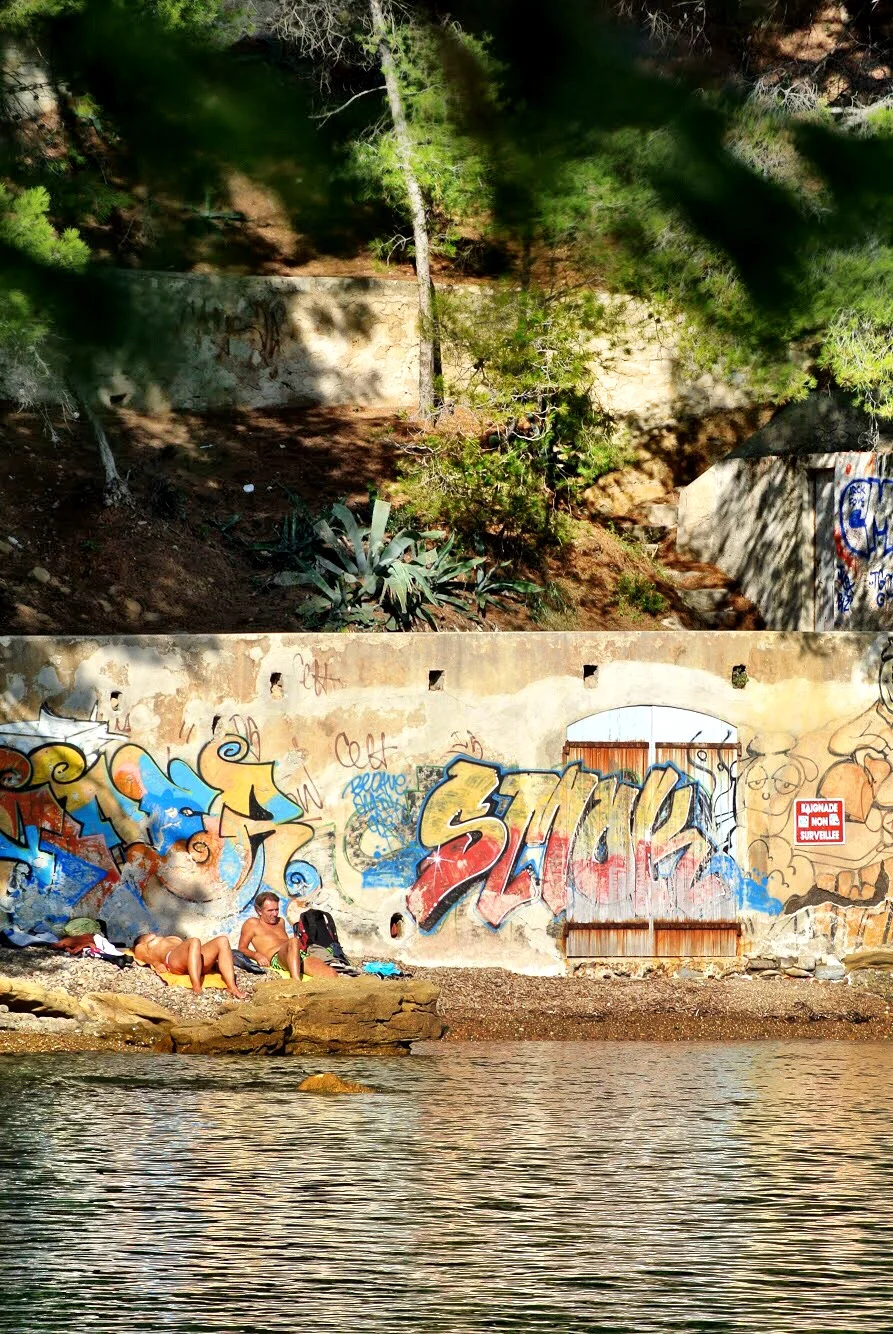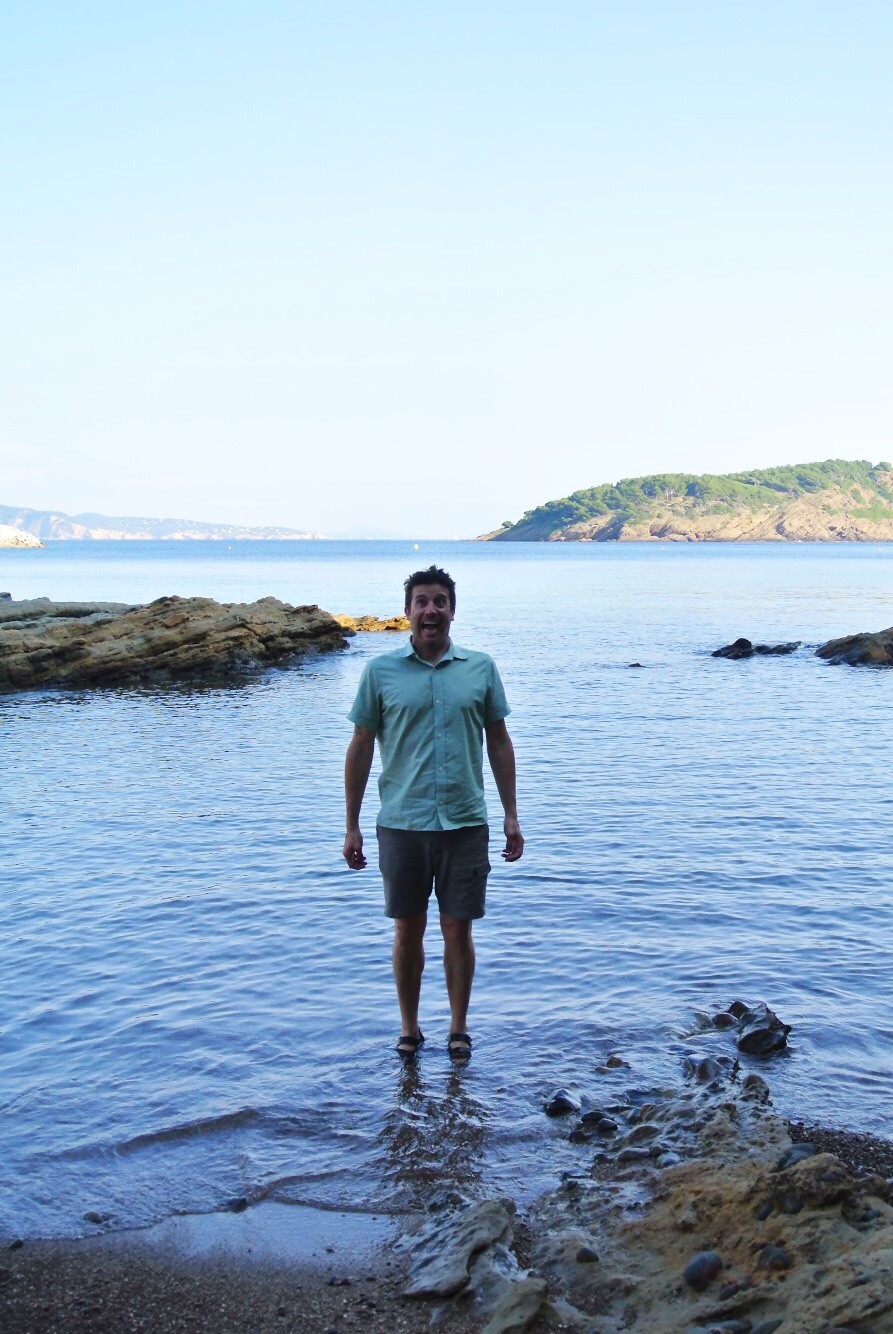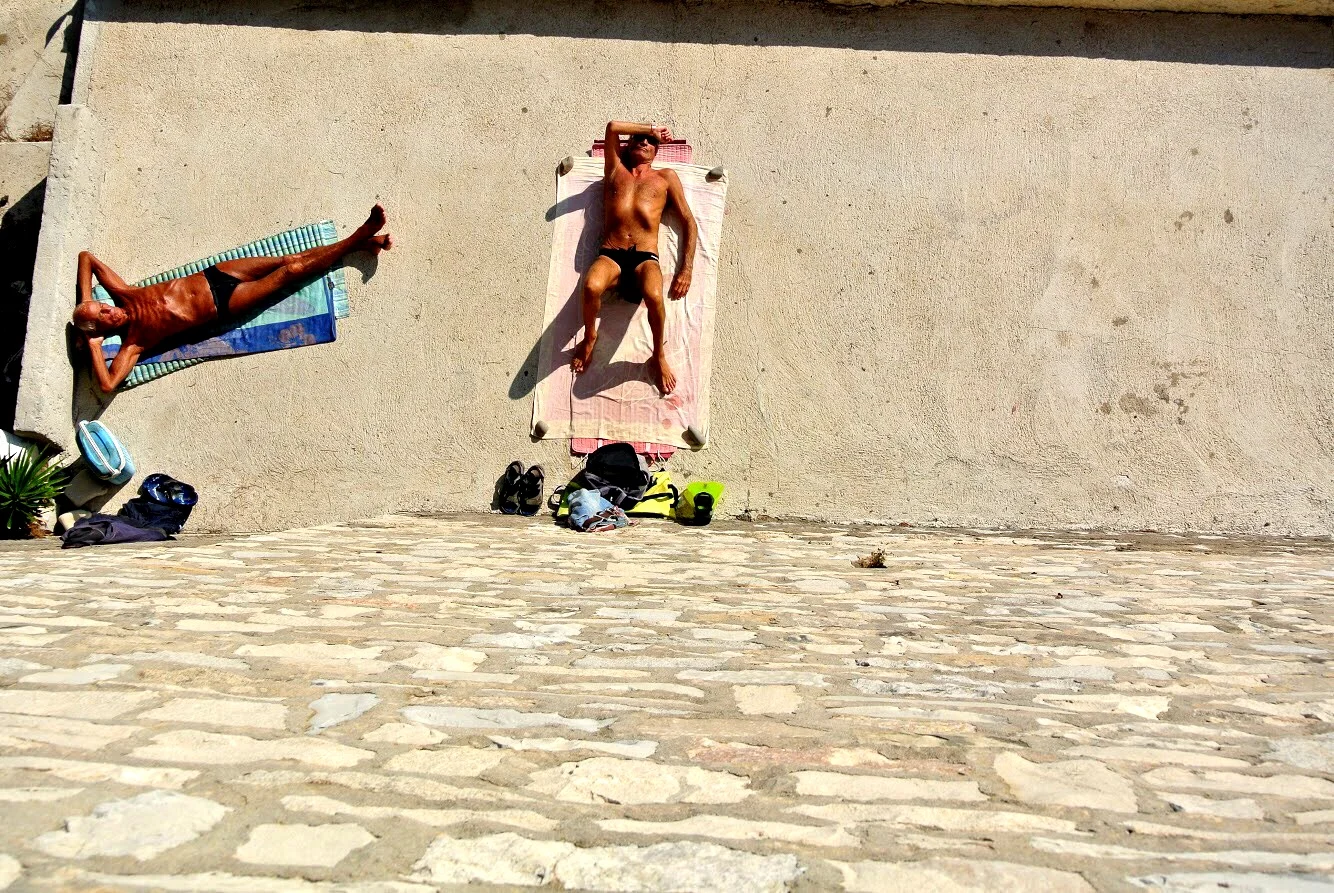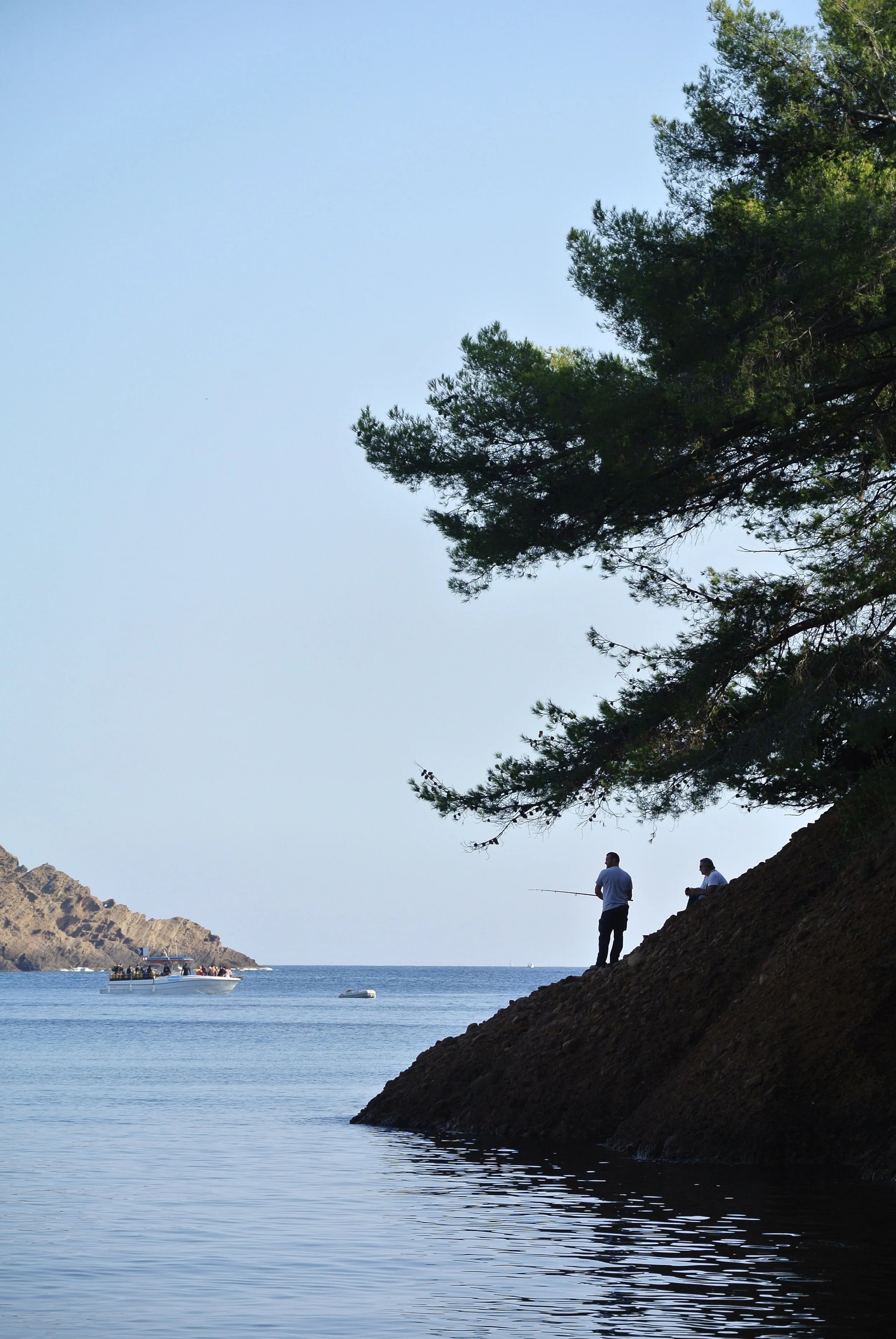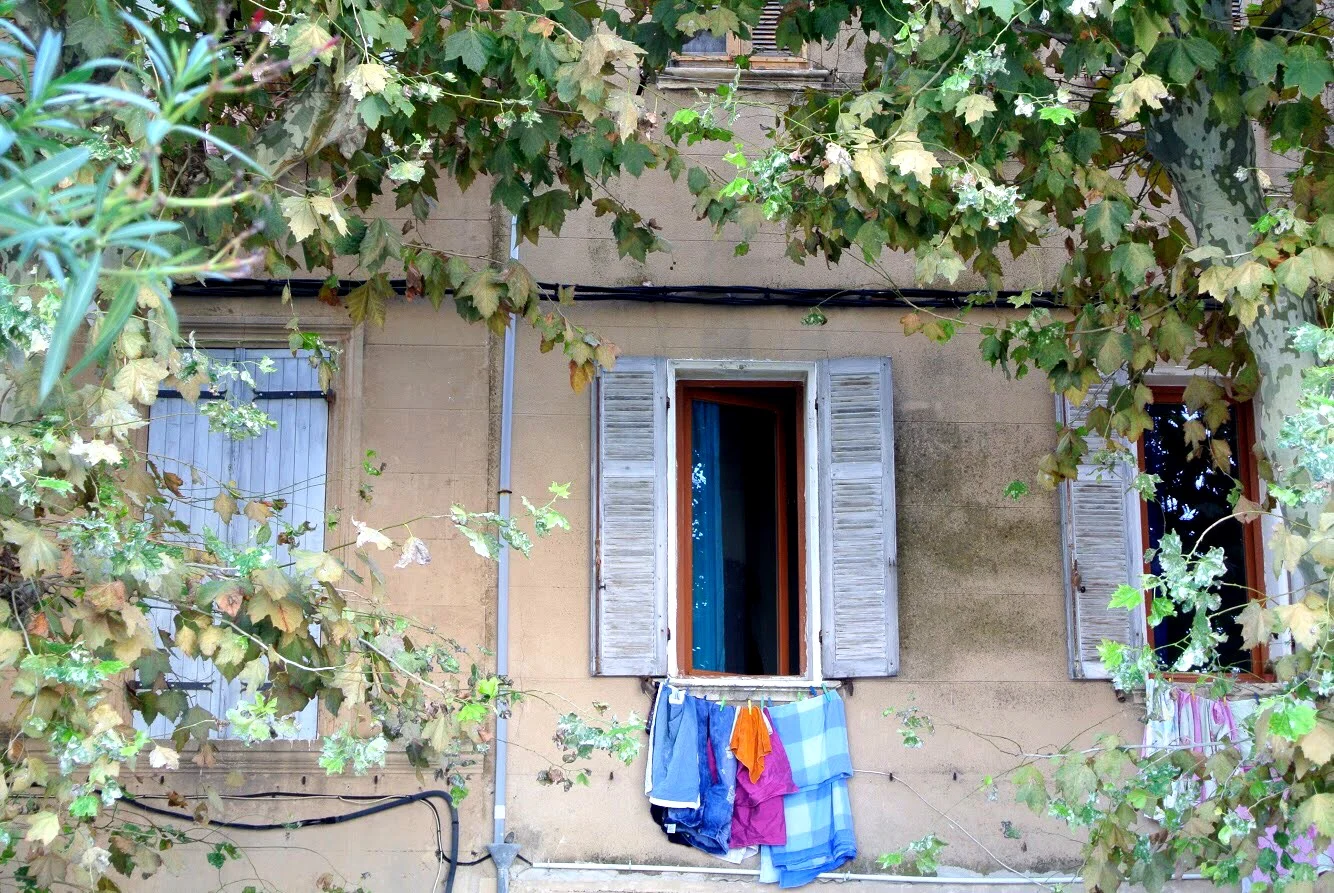A little-known port in the South of France, where you can hike up to Parc du Mugel botanic gardens and see the Eden Théâtre, where the Lumière Brothers screened the first moving picture.
An on-the-fly decision brought us to La Ciotat, France
The plan was to take a day trip to Aubagne in the South of France. But because of the all-too-common and unpredictable rail strike, we were unable to take the train. So Wally, his parents and I decided we’d try out the bus. We bought tickets and boarded the 72 bus from Aix.
The picturesque port of La Ciotat
During the ride, Wally struck up a conversation with an adorable young woman with large expressive eyes and chestnut-colored hair tousled in a loose braid. She asked us in French where we were going, and when she heard that our plan was to hit Aubagne, she instead suggested La Ciotat, saying, “It’s super!” pronouncing the word “soo-pair.”
“It was here that Auguste and Louis Lumière screened their movie, ‘Arrival of a Train at La Ciotat Station,’ which sent some viewers running from their seats in terror.”
Many of the buildings of Provence are pastel-colored, with shuttered windows
We decided to follow her advice; after all, she knows the region better than we did. And so we got off the bus early, to explore La Ciotat.
Duke on the beach at La Ciotat
The charming seaside town was the birthplace of cinema and the setting for many of the pioneering Lumière brothers’ first moving pictures. The quaint old port is now filled with luxury yachts and fishing boats bobbing upon the gentle waters of the Mediterranean Sea.
Yachts, sailboats and seagulls in a postcard-perfect setting
A delightful place to spend an afternoon
Fishing boats line the harbor at La Ciotat
Apparently the town also holds a yearly festival in October to celebrate its miraculous immunity from the Great Plague of 1720. Nearby Marseille did not fare so well and lost about 50% of its population! Historians believe that the ancient fortified stone walls surrounding the hamlet acted as a barrier to the wave of destruction caused by the bubonic plague, helping the townsfolk of La Ciotat to avoid a terrible fate.
Église Notre-Dame de l'Assomption
Église Notre-Dame de l’Assomption
Once you arrive in La Ciotat, you have a choice of adventures. If you make your way from the port like we did, you’ll pass the town’s largest church, Our Lady of the Assumption, with its single belltower. Built at the start of the 17th century, it has a restrained Romanesque style façade. Pale rose-colored limestone used to construct the church came from the ancient quarries of La Couronne.
Unfortunately, we were unable to see inside, as the doors were locked.
Église Notre-Dame de l’Assomption
25 Rue Adolphe Abeille
Eden Théâtre, where the first movie was screened
Eden Théâtre
Built in 1889 and facing the Mediterranean seafront, the landmark Eden Théâtre, with its butter-yellow façade, is the world’s oldest surviving public movie theater in operation.
It was here that Auguste and Louis Lumière screened their black-and-white silent movie, Arrival of a Train at La Ciotat Station, which shows a steam train pulling into a station. The scene certainly made quite an impression, sending some viewers running from their seats in terror as the image of an oncoming train hurtled towards them.
Eden Théâtre
25 Boulevard Georges Clémenceau
The gorgeous blue waters of the Mediterranean
The botanic garden of Parc du Mugel is worth the hike uphill
Parc du Mugel
Wally and I decided to check out the botanic garden of Parc du Mugel, while Shirley and Dave explored the small cobblestone-lined streets. The park is quite a hike but ended up being a highlight of our trip.
Since we weren’t completely sure where we were going, we stopped in at Au Poivre d’Ane, a bookstore, to ask directions to the park. A white cat named Dickens slept in the front window. The shopkeeper told us to follow the Avenue des Calanques until we reached the iron gates at the end and becomes Avenue du Mugel.
As we walked up the gradual incline of the road, we passed derelict port buildings covered in graffiti. A fine wire mesh, presumably to prevent erosion, covers the lower half of the cliffs like a hairnet keeping errant stones and soil in place.
When we reached the top, we were rewarded with the natural splendor of Parc du Mugel.
Graffiti decorates the walls along the thin slivers of rocky beaches
The Park’s History
In 1923, the land was purchased by Marseille coal merchant Louis Fouquet. A man of considerable wealth, Fouquet created a great arboretum, planting plane trees, cork oaks, chestnut trees, bamboos, mimosas and bougainvilleas.
The town eventually bought back the entire property, and in 1982, the nature preserve was opened to the public.
Wally went in the water. It was cold
Located at the foot of a massive calanque, or seaside cliff, the 270-foot-high Bec de l’Aigle, Eagle’s Beak, shelters the site from the mistral, the powerful, cold dry wind that blows through the Rhône Valley to the Mediterranean coast. The Bec is composed of a conglomerate called poudingue or puddingstone. The “pudding” is made up of a fine-grained sediment composed of silt and limestone, flecked with small round pebbles the color of pomegranate seeds.
Elderly sunbathers with dark, leathery skin are a common sight in the South of France
Wally and I followed a steep but shaded trail filled with chestnut trees, Aleppo pines and laurels before reaching the belvedere, a fancy name for a lookout point, to enjoy the panoramic view of the sun-dappled Mediterranean Sea. It was worth the effort.
Fishermen try to catch their dinner on the shores of La Ciotat
The park has an impluvium irrigation system, which collects rainwater runoff for water-thirsty plants, and calades, retaining walls hidden by the lush greenery that act as ribs along the slope to hold back the earth in certain areas.
These lovingly arranged gardens contain wildflowers, cactuses, roses, aromatic and medicinal plants as well as a citrus fruit orchard.
Parc du Mugel
Calanque du Mugel
A pleasant stroll around the port
If you’re in the Aix or Marseille area and want to take an off-the-beaten path, follow our bus acquantaince’s advice and visit La Ciotat. The charming town, with its beautiful landscape and historic theater, deserves a visit for a few hours. –Duke
Windows with laundry hanging outside are another common sight in Provence

